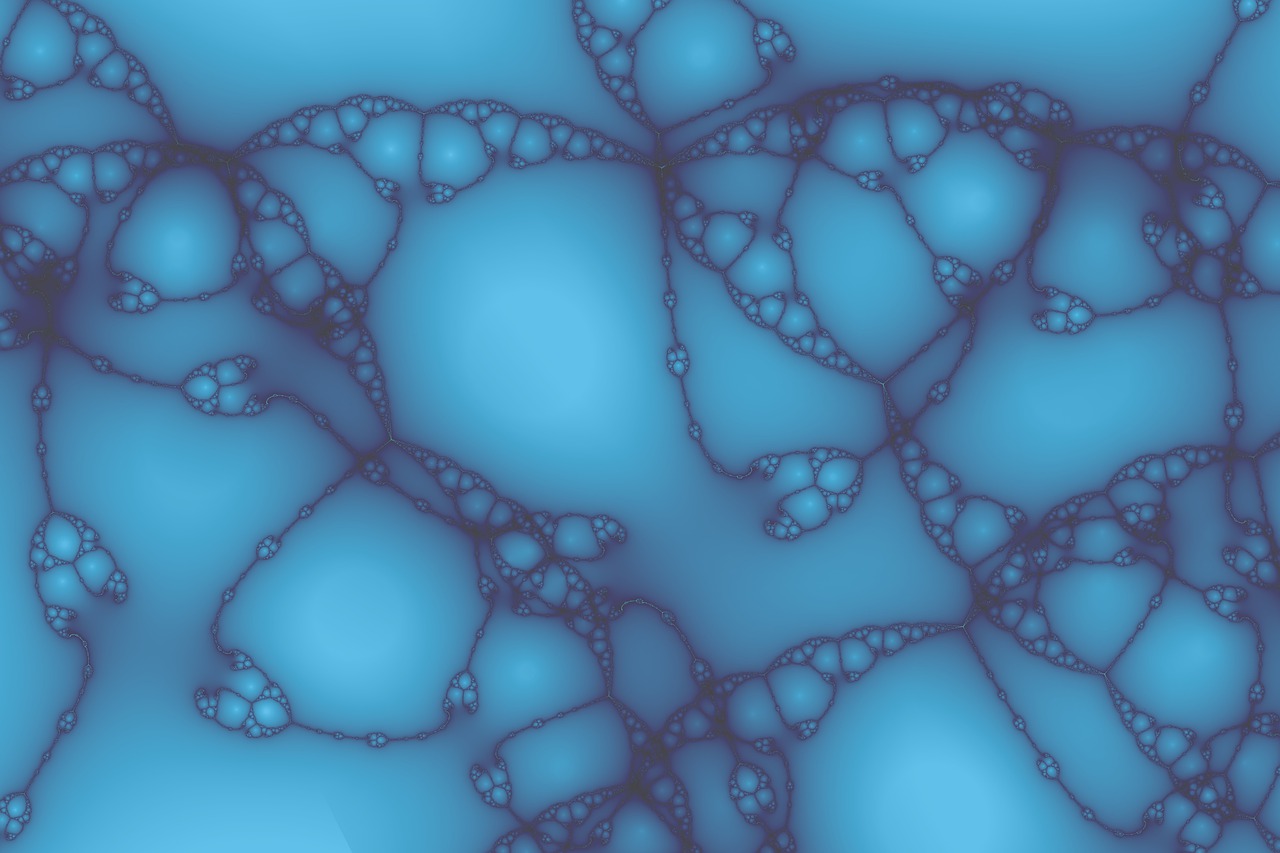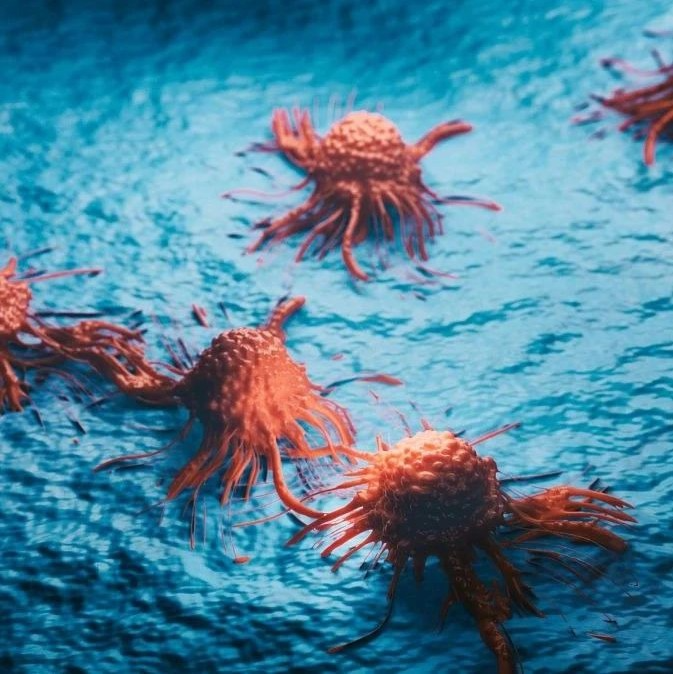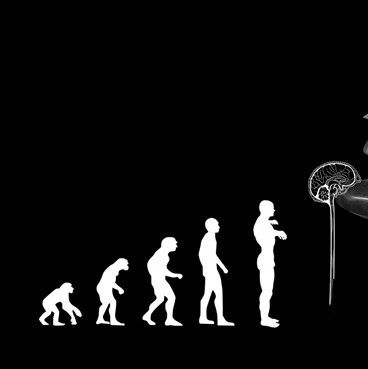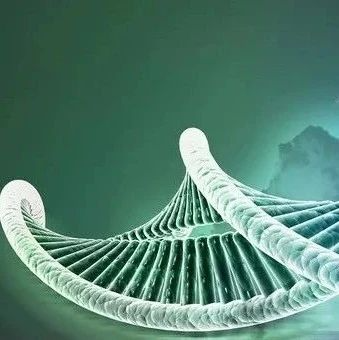中和抗体透露了HIV疫苗之谜: 研究人员刚刚发现了3种以前未知的中和抗体,这些抗体能够与一组HIV-1分离株中的90%以上的病毒株结合并中和它们。该组HIV-1分离株涵盖了所有主要的正在流行的HIV-1基因亚型。 他们说,这些HIV抗体在许多感染了HIV者的血清中都有发现,但研究界对其仍然不甚了解;这些抗体可帮助人们在未来设计出有效的HIV疫苗。 Xueling Wu及其同僚知道,大多数的其它广谱中和抗体对HIV的包膜蛋白具有特异性,这些蛋白通常与标靶细胞表面的CD4受体结合,因此研究人员对受到感染个体中的与该CD4部位结合的自然发生的抗体进行了研究。 研究人员接着分离出了产生这些抗体的个体B细胞并发现了3种高强度的HIV-1的中和抗体。 在另外一篇报告中,Tongqing Zhou及其同僚分析了这些新被发现抗体之一(VRC01)的晶体结构,该抗体正处于HIV-1 包膜蛋白的一个复合物中。 他们说,VRC01可部分模拟CD4 受体与该病毒包膜蛋白的相互作用,但VRC01本身的定位是聚焦于一个在不同的病毒株中都不会变的部位,这可以解释其为什么具有广谱的中和能力。 VRC01抗体正是以这种方法来中和病毒,并中断其致命性致病力的。 Zhou及其同僚与Wu及其他的研究人员对此颇有同感;他们指出,这些新近发现的抗体可以指引人们在未来发现新型有效的HIV 疫苗。
###
Article #22: "Rational Design of Envelope Surface Identifies Broadly Neutralizing Human Monoclonal Antibodies to HIV-1," by X. Wu; Z.-Y. Yang; Y. Li; C.-M. Hogerkorp; T. Zhou; S.D. Schmidt; L. Wu; L. Xu; N.S. Longo; K. McKee; S. O’Dell; M.K. Louder; D.L. Wycuff; Y. Feng; M. Nason; N. Doria-Rose; M. Connors; P.D. Kwong; M. Roederer; R.T. Wyatt; G.J. Nabe; J.R. Mascola at National Institute of Allergy and Infectious Diseases, National Institutes of Health in Bethesda, MD; W.R. Schief at University of Washington in Seattle, WA; M.S. Seaman at Beth Israel Deaconess Medical Center in Boston, MA; M.S. Seaman at Harvard Medical School in Boston, MA; Y. Feng; R.T. Wyatt at Scripps Research Institute in La Jolla, CA; C.-M. Hogerkorp at Novo Nordisk A/S in Måløv, Denmark.
Published Online July 8, 2010
Science DOI: 10.1126/science.1187659
Cross-reactive neutralizing antibodies (NAbs) are found in the sera of many HIV-1–infected subjects, but the virologic basis of their neutralization remains poorly understood. We used knowledge of HIV-1 envelope (Env) structure to develop antigenically resurfaced glycoproteins specific for the structurally conserved site of CD4 receptor binding. These probes were used to identify sera with NAbs to the CD4-binding site (CD4bs) and to isolate individual B cells from such an HIV-1–infected donor. By expressing immunoglobulin genes from individual cells, we identified three monoclonal antibodies, including a pair of somatic variants that neutralized over 90% of circulating HIV-1 isolates. Exceptionally broad HIV-1 neutralization can be achieved with individual antibodies targeted to the functionally conserved CD4bs of gp120, an important insight for future HIV-1 vaccine design.







